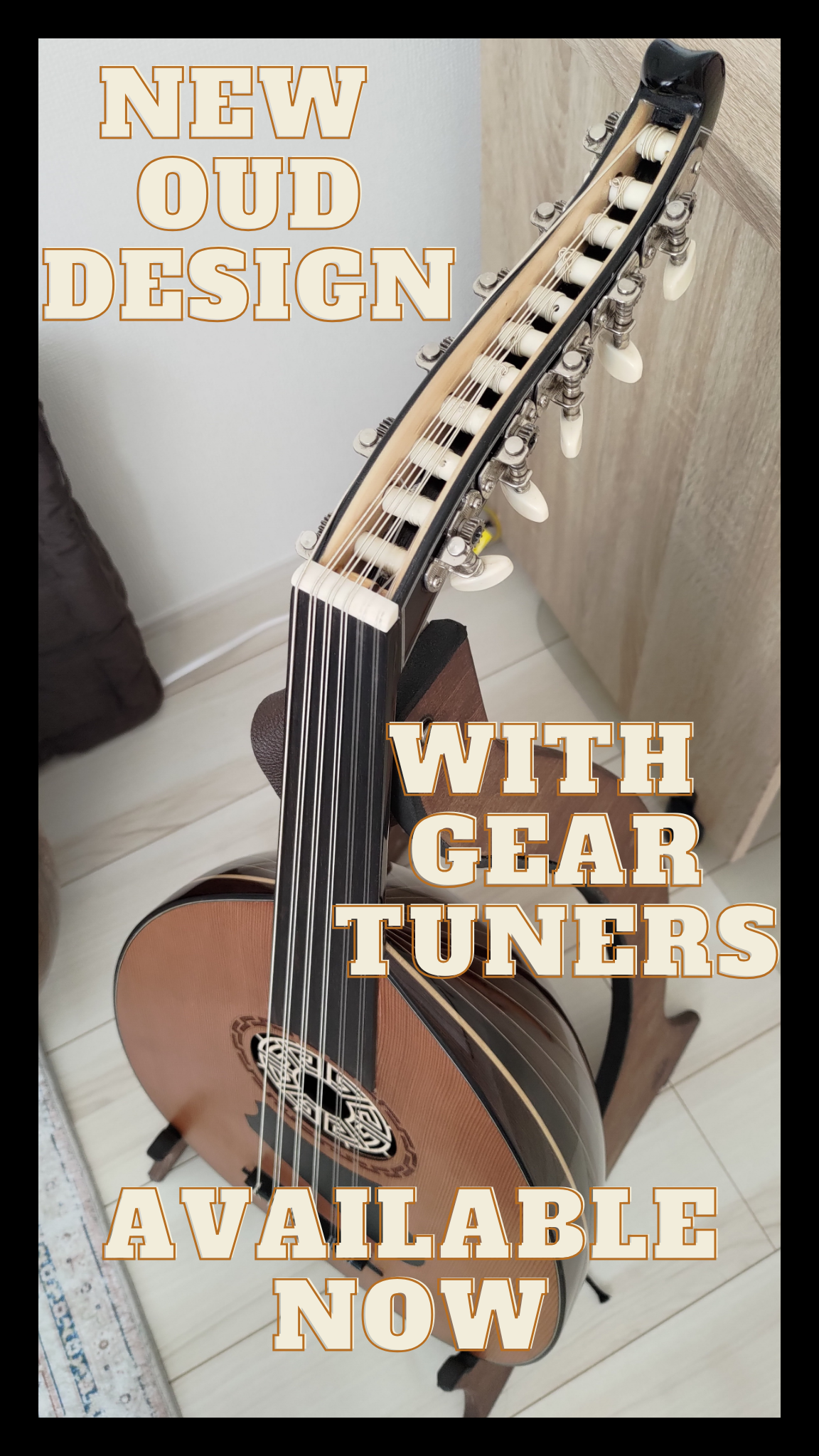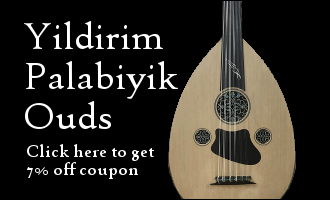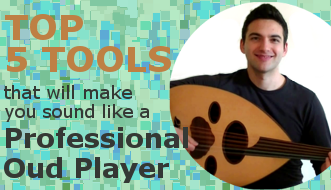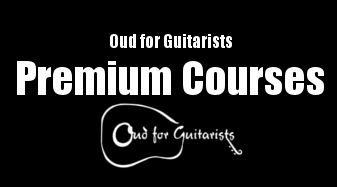If you remember from last week’s post, I was going to continue the regional Oud playing styles discussion by talking about non-Arabic styles. Knowing about these styles goes a long way to enriching your knowledge of the Oud, and appreciating the scope it has acquired over time. Here is a big category:
Turkey
Turkish music is a whole different genre. You will hear different maqams with different names. You will also hear different rhythms. There are many odd numbered rhythms like 7/8, 9/8, and 5/4 in Turkish music. Turkish music has a very specific tuning system in terms of how to tune the Oud and in terms of microtones as well. It is a well developed theory of modal music. The Oud playing style is also very dynamic. You could even say that they use a very unique set of flourishes, trills, and pull-offs that give away this style. One Turkish music form called “Longa” is very iconic and is very characteristic of the spirit of Turkish music. There is an ocean of talented Turkish Oud players out there but here are couple that you should hear!
Yurdal Tokcan
Munir Nurettin Beken
Greece
In case you didn’t know, Greece was under Ottaman Turkish rule for about 400 years. During that time many important cultural delicacies like Baklava were shared with Greece and even the Oud. While the Oud is not a “traditional” Greek instrument in a strict sense, it is still used today, and you can find musicians playing traditional Greek songs with the Oud.
Nikos Dimitriadis
Haig Yazdjian
Armenia
Nestled between Persians to the east, Turks to the west, and the Russians to the north, Armenia has had its share of cultural exchange. They also play a mean Oud. What you hear is a bit of everything, and a strong Armenian presence as well. Some of the musicians you’ll see below were even born in the United States.
Haig Yazdjian (Haig was born in Turkey to Armenian parents but lives in Greece so he can fall into both categories. Here he plays a traditional Armenian song. It’s really captivating.)
John Bilezikjian
Richard Hagopian
Iran
The Oud is the King of musical instruments in the Arab world, but in Iran, long-necked lutes like the Tar are King. The Oud dropped out of use in Iran many hundreds of year ago, and it’s difficult to really find out why. But recently, it has re-emerged and is featured as solo instrument and bass accompaniment in ensembles. My own musical education began as a Persian musician, and that is my expertise. In my own opinion, the Oud has a lot of room to develop in Persian music. I feel it deserves more prominence in ensembles, but it usually takes the backseat to the Tar. One of the leading Oud players in Iran is Hossein Behroozinia. He really helped to bring the Oud back into Persian culture and music. He plays Barbat. Barbat is the ancient Persian name for Oud. The Barbat you see here is a newly designed instrument made specifically for Persian music.
Hossein Behroozinia
Aref Ensemble
This video is a great example of Persian music in its prime around the late 1980’s and early 90’s before too many modern influences started to take shape in the music. Although there is an Oud player, it doesn’t showcase the Oud, but I included it here as a prelude for those interested in Persian music.
Last, but not least…
Malaysia
In Malaysia, the Oud is known as Gambus. Gambus and the Oud are historically different but related instruments. In Malaysia, an Oud might be called Gambus, and vice versa. Gambus came to Malaysia probably with Islam. Here you see it being played with traditional Malaysian singing. You’ll also notice it doesn’t quite look the same. It looks more like those Ouds in old paintings!
Fauziah Suhaili
I hope this enriches your perspective on the Oud and opens up some doors to you. There are many styles that can be explored playing the Oud. If you have anything at all to add, please feel free to make a comment below.






Hey Navid,
You have any idea what tuning does Haig Yazdjian uses in the video you posted of him playing “Bingeol”? I tried learning his version by means of visual observation but the pitches he’s getting are quite starkly far off from what I’m able to produce even with an Armenian tuning (EABEAD).
I’m from Malaysia myself and yes, we do have the Gambus Oud(Thats how it’s called back home). It’s more of a Malay cultural instrument rather than a national one. Mostly used in Malay ceremonies and celebrations. I’m not Malay myself so I’ve never seen one in action when at home. I was formally introduced to the Oud by my Turkish friends instead.
Thanks for the great work ur doing for the Oud community, ur doing amazing! =D
Yes, he’s using the Arabic high f tuning… That’s FADgcf, it’s like regular Arabic tuning but with an extra high f and no bass string. Said Chraibi, and Naseer Shamma also use this tuning. Nice to hear from you, and sorry for the late reply.